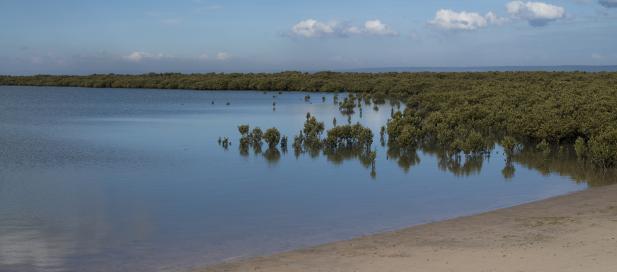
The Australian State of the Environment 2016 was tabled in Federal Parliament this week. The nation wide report is the product of a comprehensive five-yearly independent review which provides an overview of the state of the environment, how effectively the environment is being managed and what the key issues are.
Key changes in Australia’s environment can be attributed to population growth and economic activity: both of these factors were also identified as being major influencers of environmental change in the first ever report, which was produced in 1996.
The 2016 National SoE found that conditions around our national heritage sites, marine environment and the Australian Antarctic Territory have improved. Individual pressures that impact on air quality, agricultural practises and commercial offshore fishing have also improved. The report also found that the main pressures facing the Australian environment today have remained consistent since 2011 - climate change, land-use change, habitat fragmentation and degradation, and invasive species. Coal mining and the coal-seam gas industry continue to have an impact and despite a general improvement in the marine environment, litter has increased.
Dr William Jackson, lead author of Australian State of the Environment 2016, wrote in 'The Conversation' that there’s been a significant improvement in closing knowledge gaps which can be attributed to a rise in citizen science. Utilising citizen science has proven to contribute to more effective management of the environment.
For the first time, the Australian State of the Environment is now accessible online. Readers can filter content by theme, trend, grade or reporting framework. The site includes access to interactive maps and graphs, and over 300 accessible datasets.
Digital reporting is a positive move for environmental sustainability, promoting awareness of key issues to a wider range of audiences.
The Commissioner for Environmental Sustainability is currently in the process of writing the Victorian State of the Environment Report which is due late 2018. The framework for the 2018 Victorian SoE, State and Benefit,advocates for a shift to digital reporting and is available here. [LINK TO BE UPDATED]
